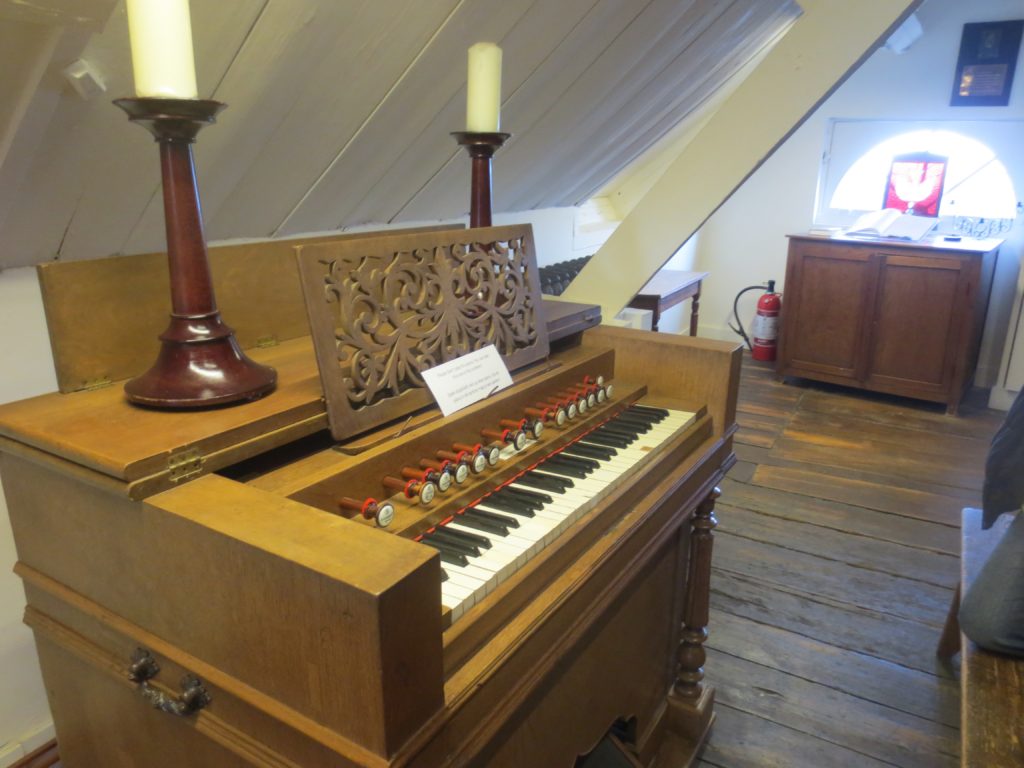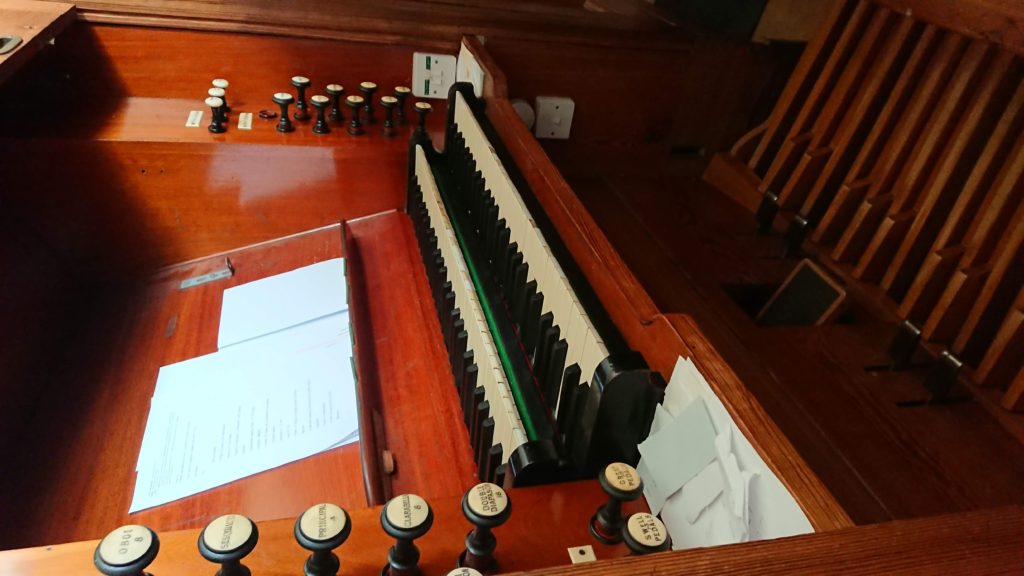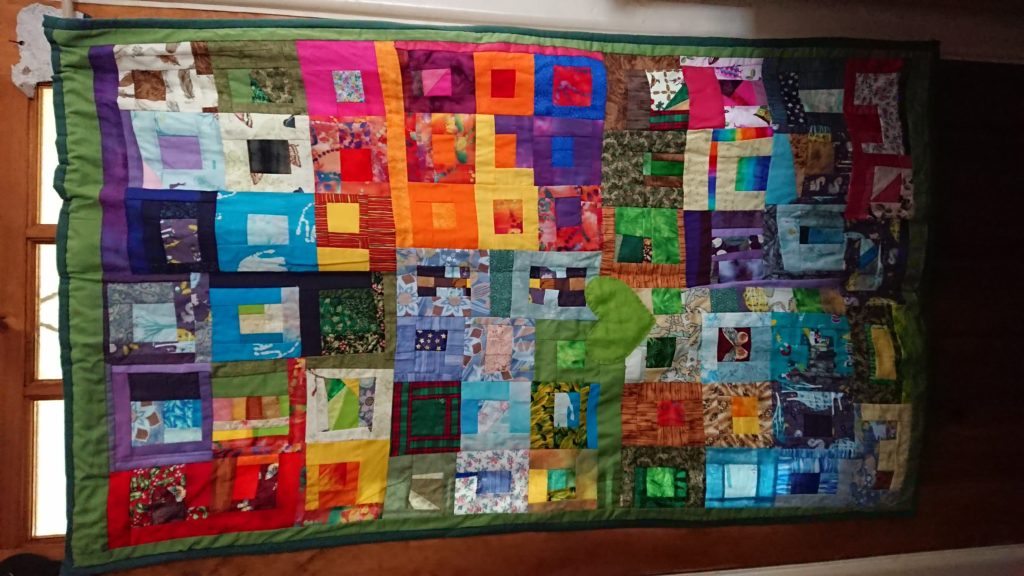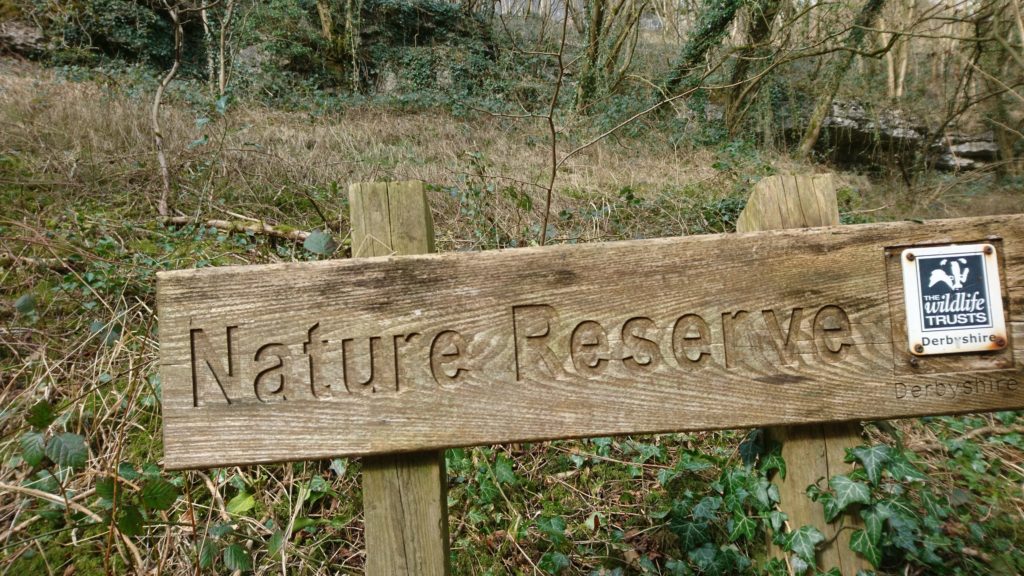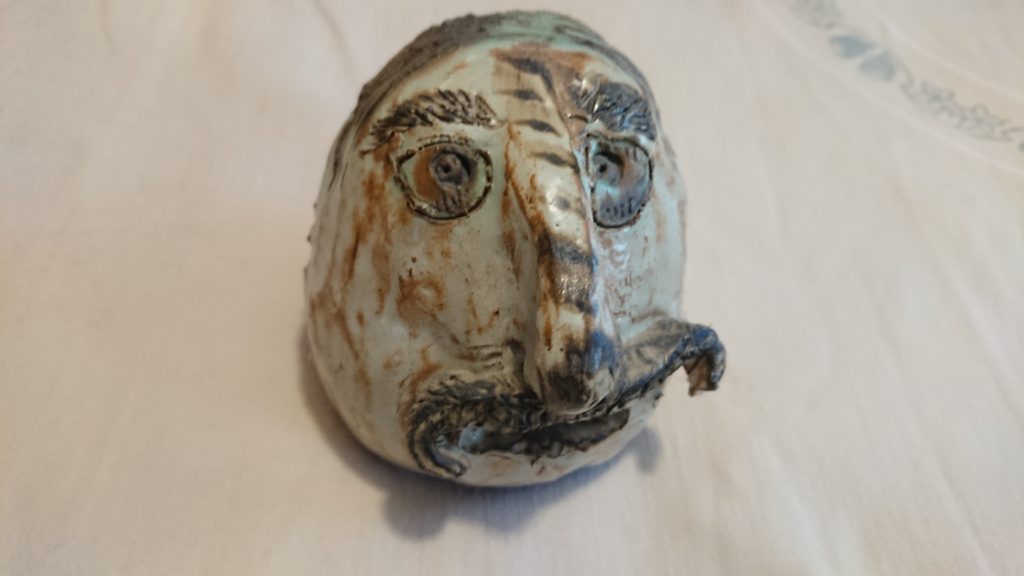Welcome to a bit of a summer blog about the churches I visited on my End to End in 2019 that was inspired by a recent conversation on Twitter. The actual blog on the 2019 End to End started in April of that year and took 117 days for a distance of 1110 miles. At that time most Parish churches in England were open, though I can’t say what you will find now. Some other churches were open from to time time, depending on local conditions and events, like flower festivals and the like. There will be several parts to this blog because there were a lot of churches and because I started at Land’s End we have the South West up first. In part 1 I’ll cover Land’s End to Truro.
- St Sennen, founded 520AD
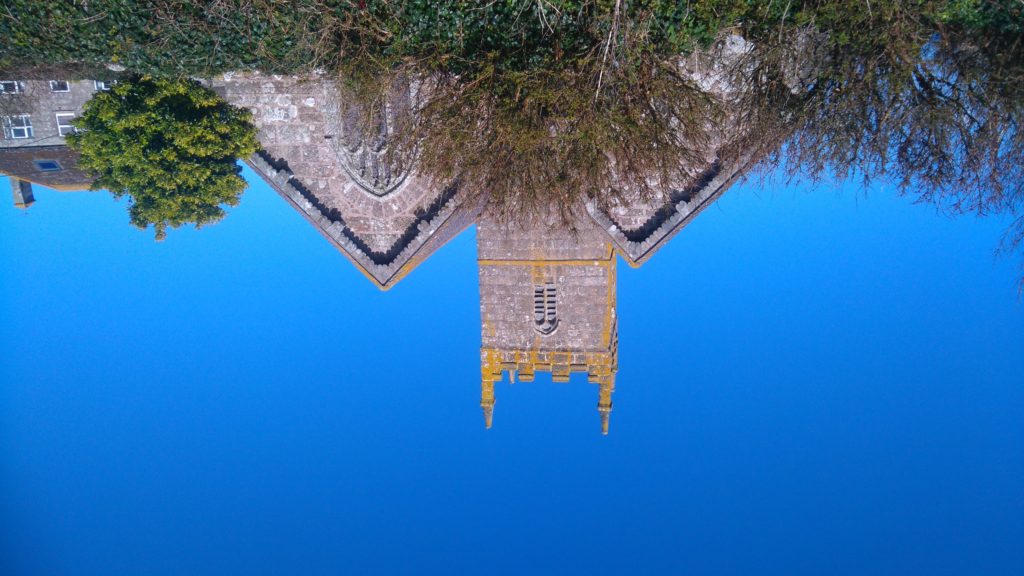
Founded before Columba landed on Iona or Augustine made it to Kent, the early date of this foundation is probably accounted for by missionaries between West Ireland and Brittany. There are a lot of unusual saints names in Western Cornwall for this reason. The church yard and surrounding path include several early stone slab crosses.

2. Borah Chapel, 1878
West Cornwall is also full of chapels, often in very small villages. not all of these survive as places of worship but, like this one at Borah, have been converted to other, often domestic use. Interesting because many of the nonconformist denominations began as worshipping communities in people’s homes. The tradition has come full circle in some places, like Borah.

3. St Michael’s Mount
Not actually visited in 2019, I have crossed the causeway several times over the years. Named for the Archangel himself (rather than a brand of underwear), it’s an interesting spot, under the care of the National Trust.

4. Marazion Methodist Church
This village is on the SW Coast path opposite St Michael’s Mount. The church has a history of of hospitality and shelter. We once left our tandem there and they kindly kept an eye on it.

5. St Hilary Parish Church
This is a fascinating place, with early stone slab crosses in the churchyard and inside the remains of a Roman stone inscription. The interior is also decorated with painting by local people of the early Cornish Saints.

6. Gwennap Pit
Associated with early Methodism, this is an open air place of worship, visit by John Wesley. There is also a small Methodist Chapel on the site. Wesley is said to have preached at Gwennap Pit 18 times between 1762 and 1789.
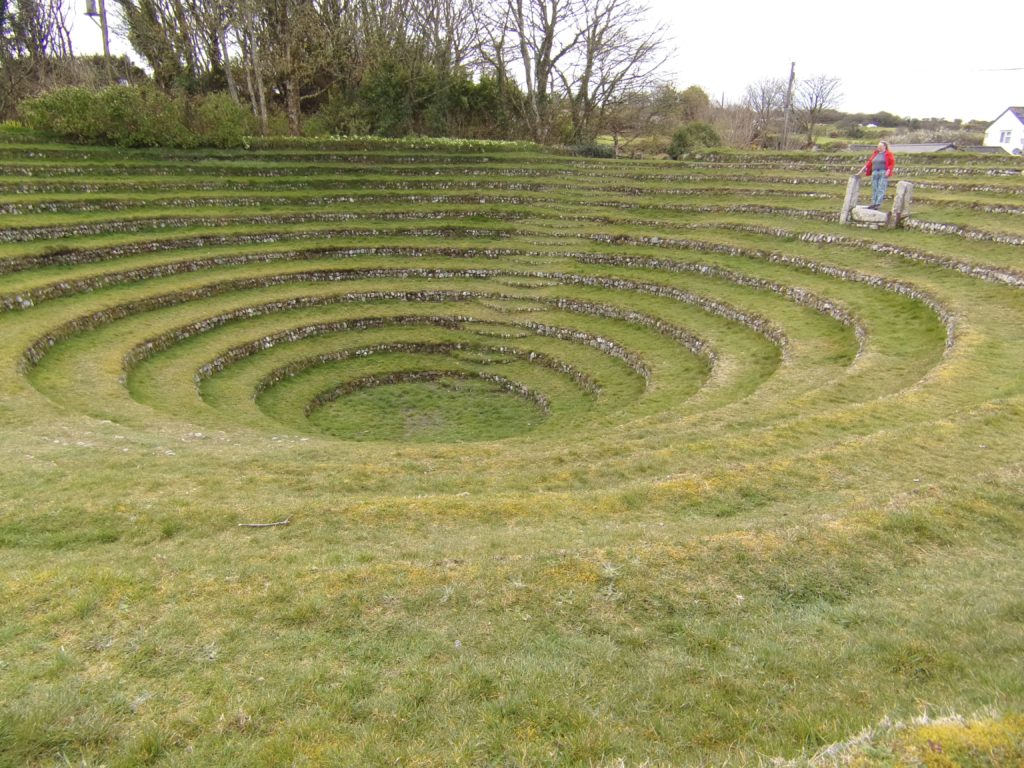
6. St Kea Parish Church
Another delightful Parish Church named for a local Cornish Saint, the small village of St Kea is just off the A39 on the way to Truro. We had a picnic in the churchyard.

7. Truro Cathedral
The first Cathedral on my LEJOG route was at Truro. It has a small pigrim chapel inside the main door, otherwise you’ll need to pay the entrance fee for the main part of the building. The style is Victorian Gothic and it was built between 1880 and 1910.
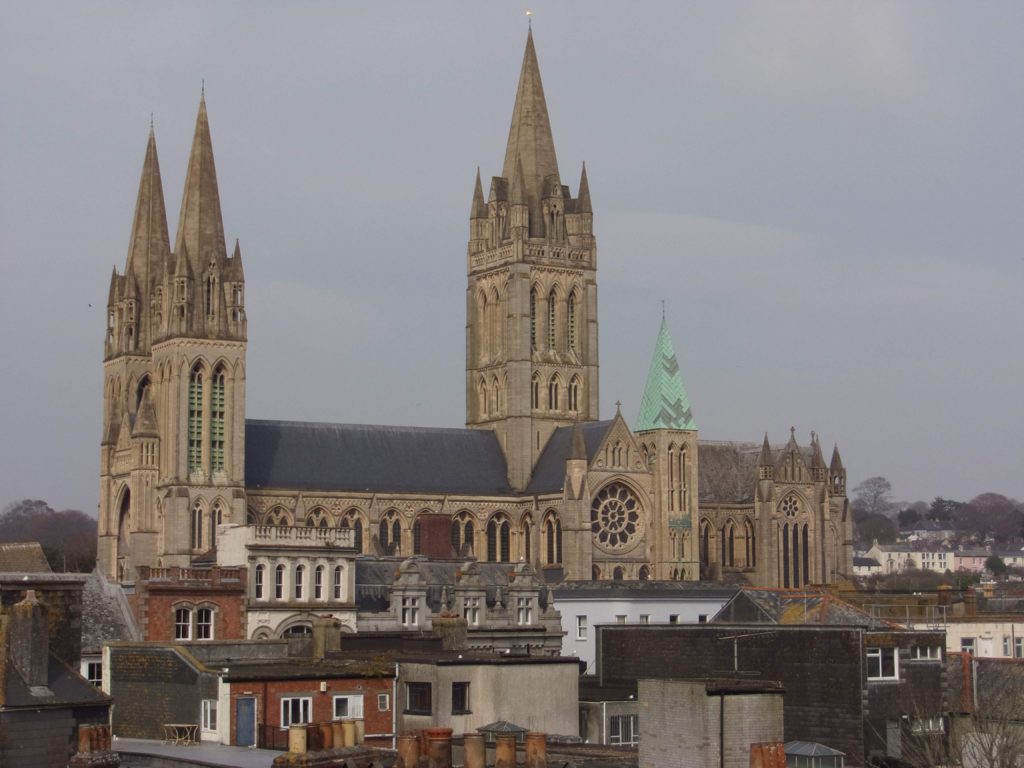
From my remembered bible: Come and be a living stone!
One more step along the world I go……
Janet Lees, one time End to Ender, now living in Longdendale.

